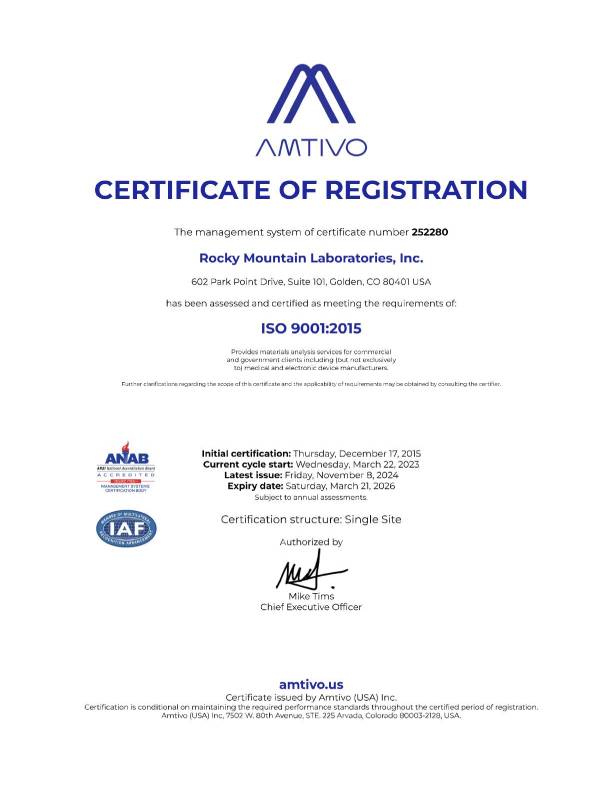EDS (Energy Dispersive X-ray Spectroscopy) and EDX (Energy Dispersive X-ray Analysis) spectroscopy are often used interchangeably, as they refer to essentially the same analytical technique. However, it’s worth noting that “EDX” is a more general term, while “EDS” is a specific type of EDX spectroscopy.
- EDS (Energy Dispersive X-ray Spectroscopy):
- Definition: EDS is a technique used for the qualitative and quantitative analysis of the elemental composition of a sample.
- Principle: When a high-energy electron beam interacts with a sample, it can cause the ejection of inner shell electrons from atoms. Electrons from outer shells then fall into the inner shell vacancies, releasing X-rays in the process. These characteristic X-rays are detected and used to identify the elements present in the sample.
- Instrumentation: EDS is typically coupled with scanning electron microscopes (SEM), where the X-ray detector is placed adjacent to the sample to analyze the emitted X-rays.
- EDX (Energy Dispersive X-ray Analysis):
- Definition: EDX is a broader term that encompasses any technique or method that utilizes the energy dispersion of X-rays for analysis. EDS is a specific type of EDX spectroscopy.
- Principle: Similar to EDS, EDX involves the measurement of the energy spectrum of X-rays emitted from a sample when bombarded with high-energy particles (such as electrons).
- Applications: EDX can be used not only in electron probe microanalysis (as in EDS) but also in X-ray fluorescence (XRF) spectroscopy, which uses X-ray excitation sources like X-ray tubes. The term “EDX” is sometimes used in the context of XRF.
In summary, EDS is a specific type of EDX spectroscopy commonly used in conjunction with SEM for elemental analysis. The key principle in both EDS and EDX is the measurement of the energy spectrum of X-rays emitted from a sample to determine its elemental composition.



